Backtesting: Definition, Importance, How to Do, Tools, Limitations
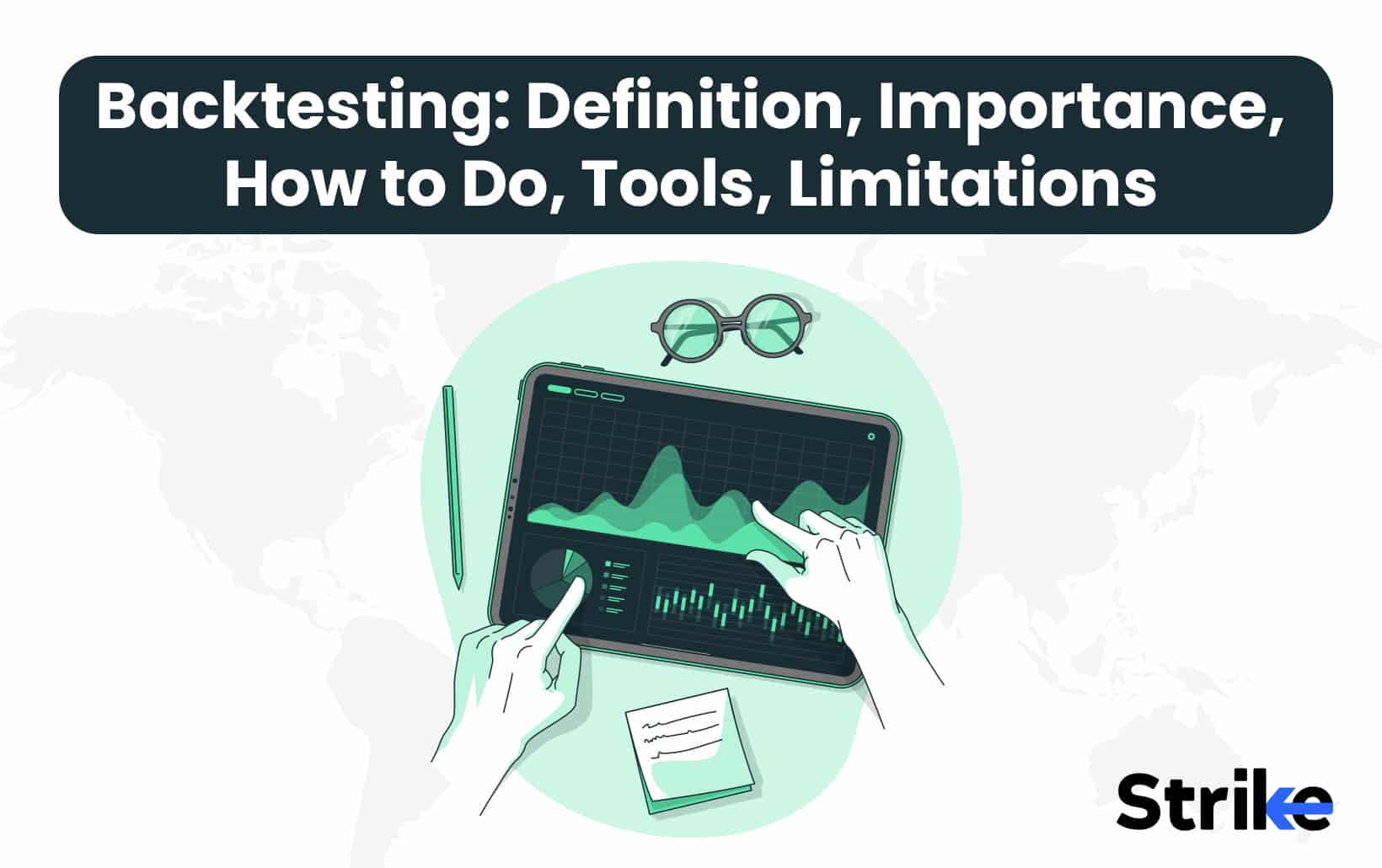
Backtesting is the process of evaluating a trading strategy by applying it to historical data to simulate how it would have performed in the past. Backtesting provides traders with a way to test ideas and strategies without risking live capital.
Backtesting is important because it allows traders to test trading strategies on historical data to evaluate their viability before risking capital. It provides valuable statistical feedback to refine strategies for improved performance.
Backtesting provides valuable performance statistics to determine if a strategy may be profitable before committing funds but the main limitation is that a strategy that was profitable in backtests may underperform in live trading due to changing market dynamics.
What is Backtesting?
Backtesting in trading refers to evaluating a trading strategy by applying it to historical market data and analyzing its performance. Backtesting allows traders to test ideas without risking capital, helping quantify strategies before implementing them live. Through backtesting, traders identify which approaches have the potential to succeed or need refinement, reducing risks. It grants valuable statistical feedback on strategies to guide traders toward more informed investment decisions.
Why should you Backtest your trading strategy?
You should backtest your trading strategy because it allows you to evaluate the effectiveness and profitability of a strategy before risking real capital in the live markets. Backtesting with historical market data simulates how well a trading system would have performed over time and provides valuable insights. It helps identify potential flaws or weaknesses in the strategy so you can refine the rules and parameters to improve performance.
Backtesting also gives you a sense of the strategy’s ability to handle different market conditions like trends and volatility so you aren’t surprised by unexpected losses. The statistical results of backtesting, like return, risk, drawdowns and other profitability metrics provide an objective measure of the strategy’s strengths to have confidence in its ability to generate profits going forward. It allows comparing multiple trading ideas to select the most robust one
How to Backtest Your Trading Strategy?
Below is a guide to backtesting your trading strategy.
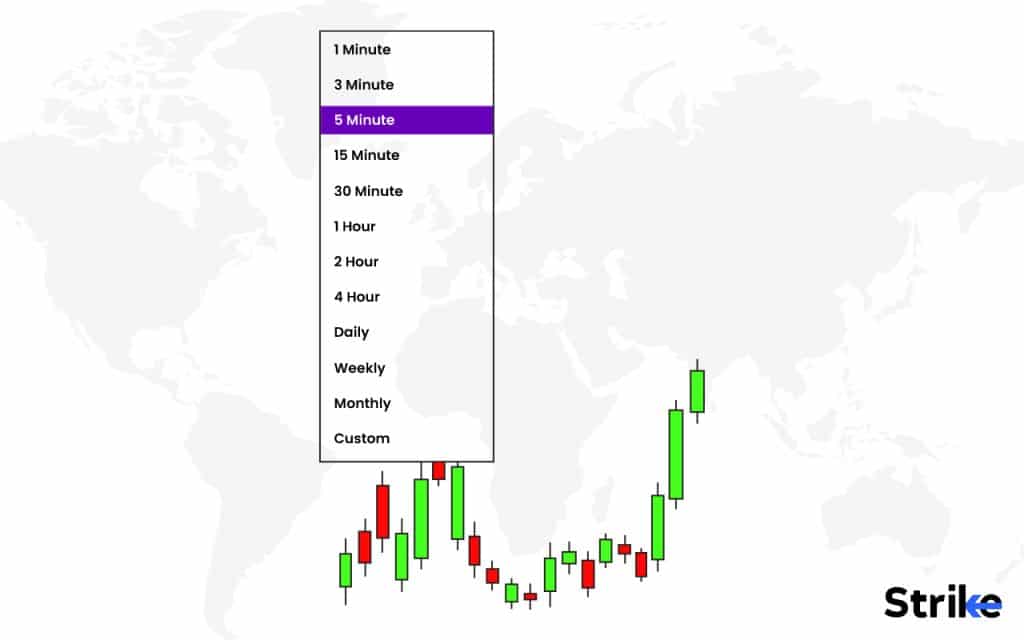
1. Choose your backtesting platform
Choose from the backtesting platforms available in India. An example of this is TradingVIew. One important thing here is that most platforms provide support for backtesting only on their premium plans.
2. Choose the timeframe for backtesting
Here, you choose the timeframe you want to test your strategy.
3. Choose the stock/index
In this step, you choose the stock or index you want to backtest.
4. Choose the strategy
Choose a strategy you want to backtest. Popular strategies include moving average crossovers, breakout strategies, momentum strategies, mean reversion strategies, and combinations of technical indicators. How you choose the strategy will depend on the tool you choose. For instance, for TradingView, it is the pine editor. Once applied to the, the simulation will appear on the price chart like below.
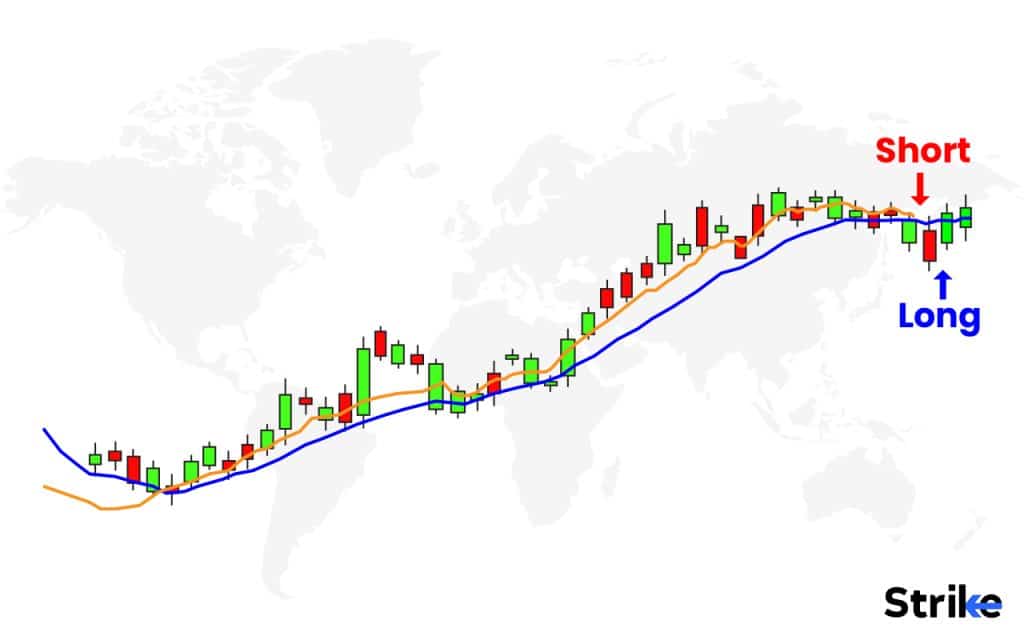
5. Now, backtest the strategy according according to the strategy you choose.
6. Once the backtest is complete, carefully review the results. Look at metrics like total return, sharpe ratio, max drawdown, win rate, risk-reward ratio etc. Evaluate if the strategy is profitable overall. Tweak the strategy parameters to optimize it. For example, adjust the moving averages, add additional indicators, change entry/exit logic etc. Rerun the backtest to compare results.
Backtest the strategy periodically, especially after major moves in the Stock Market. Adjust the rules promptly if they no longer deliver the intended results. Keep an eye on the Stock Market trends to ensure that your strategy remains relevant and effective.
What is an example of Backtesting?
Let us backtest a strategy using exponential moving average (EMA) as an example of backtesting for NIFTY Bank basket. For buy, we choose the period as 7 days and crossover as 21 days. The comparison is the EMA line crossing over. For sell, we choose the opposite, that EMA crossing below. We will set the stoploss at 1.5% and we set the profit target as 3%. Since we are backtesting, we are choosing data from 05/02/2022 (intraday).
Once the simulation is done, the result will be displayed according to the tool you have chosen. For example, look at the below image.
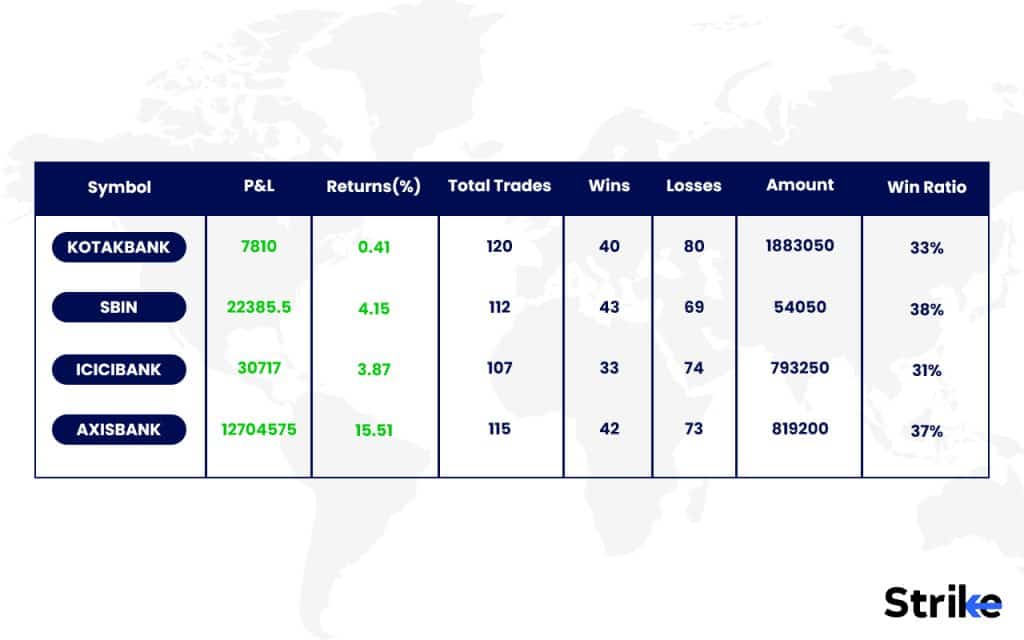
Here, you will be able to see the results for different stocks that are included in the Bank Nifty. From these results and after analysis, you will be able to decide on what strategy could work the best in the future.
How to ensure effective Backtesting?
To perform effective backtesting of trading strategies, it is important to use accurate and cleaned historical data that closely represent actual market conditions. The time period chosen should ideally include different market cycles to account for varying volatility and trends. Any costs like commissions, slippage and taxes must be incorporated to simulate real trading.
The strategy logic should be clearly defined with entry, exit and position sizing rules programmed systematically without bias or discretion. Appropriate performance metrics need to be tracked like return, risk-adjusted return, drawdowns, win rate etc. The strategy should be evaluated across different assets, markets and time periods. Statistical significance should be analyzed by assessing metrics like Sharpe ratio. Code should be optimized to run backtests swiftly. Results need to be interpreted rationally to identify potential weaknesses. Outsample testing on unseen data sets helps further validate strategy performance.
What are the tools available for Backtesting?
The tools available for backtesting include Strike, TradingView, Screenr, Stockmock, Stratezy etc. Different tools present different methods of backtesting. Strike is one of the most trusted among the lot with accurate historical data and clean and easy interface.
Who should use Backtesting?
Backtesting is most relevant for traders, investors, portfolio managers, and quantitative analysts who are evaluating or developing trading strategies and investment models. It allows them to test the viability of an idea before risking real capital. Backtesting is used by individual investors to see if a trading system works historically before implementing it.
Investment firms and hedge funds utilize backtesting to assess if a strategy aligns with their risk profile. Portfolio managers backtest asset allocation models. Quant analysts build and optimize complex algorithmic strategies via backtesting. Backtesting is ideal for anyone who wants to objectively evaluate a financial strategy or idea on historical data before applying real money. It provides empirical evidence on the potential viability of an investment process.
What are the limitations of Backtesting?
Past performance does not guarantee future results, so strategies that worked historically may fail in live trading. Backtests rely on the quality of available historical data which may be incomplete or contain errors. Market conditions and dynamics can shift over time in unforeseen ways that affect strategy performance. Transaction costs, liquidity constraints, and human psychology are difficult to fully account for in backtests. Strategies can be over-optimized to historical datasets leading to overfitting. Out-of-sample testing on new data is needed to further validate strategies.
What is P&L backtesting?
P&L backtesting refers to retrospectively evaluating the hypothetical profit and loss (P&L) of a trading strategy using historical data. It involves applying the rules of a strategy to past market conditions to see how it would have performed. The goal is to estimate key performance metrics like return, risk, drawdowns, win rate, Sharpe ratio etc. Traders input historical price data into a backtesting platform or spreadsheet and run their strategy over the past timeframe. All trades are recorded along with their Profit & Loss Statement. This reveals how profitable the strategy would have been historically, providing a detailed Profit & Loss Statement for each transaction.
What is the difference between Backtesting & Scenario Analysis?
The key difference is backtesting relies on actual historical data while scenario analysis works with simulated hypothetical data representing potential future states. Backtesting provides insight into past viability while scenario analysis aims to predict future resilience across a range of possible outcomes.
Are backtesting & Paper Trading the same?
No, backtesting and paper trading are not the same. Backtesting involves running a trading strategy through historical market data to simulate past performance. Paper trading is trading virtual money in real time to test a strategy’s viability before risking real capital. While related, backtesting relies on past data while paper trading uses current market conditions.









 Previous Article
Previous Article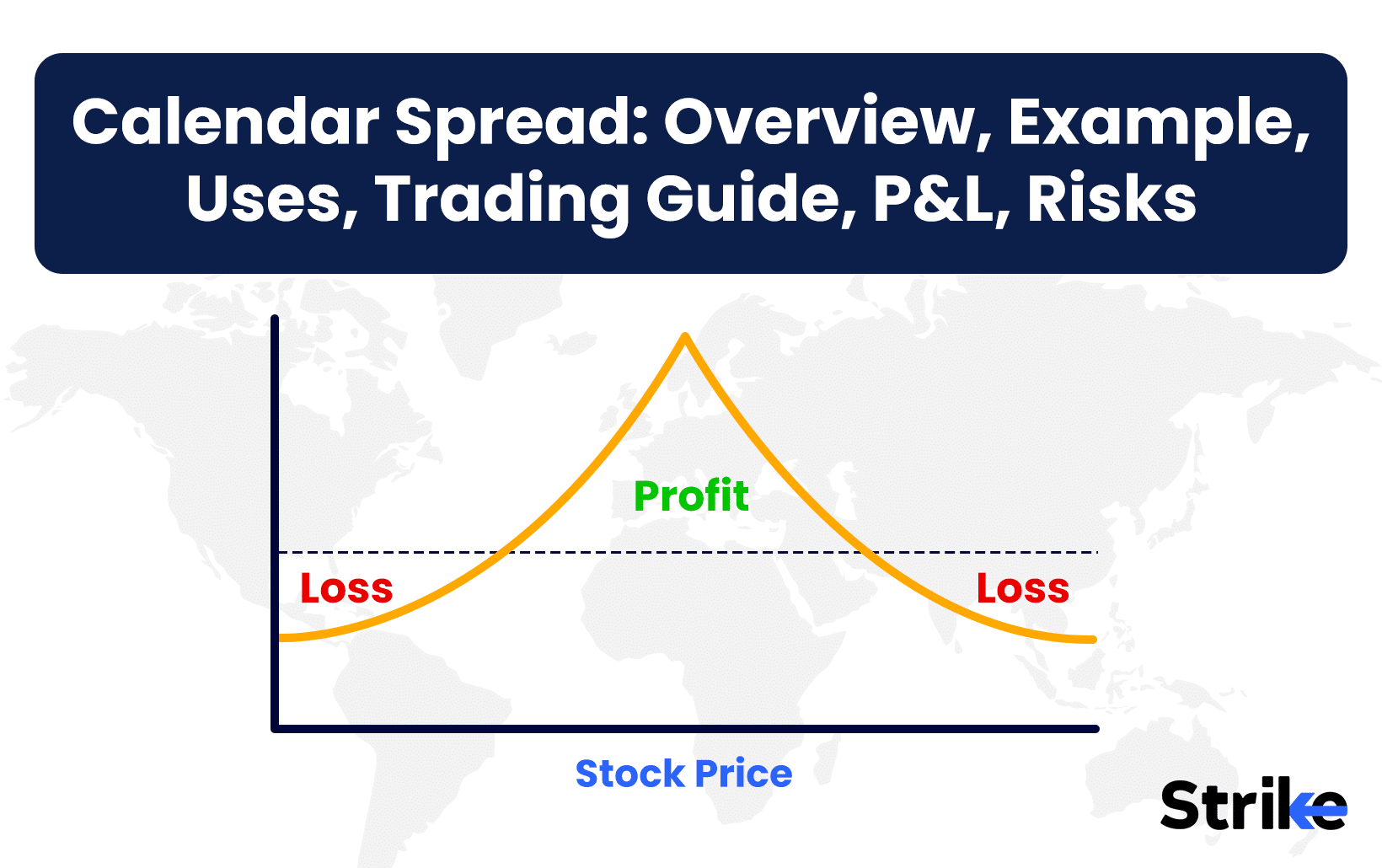
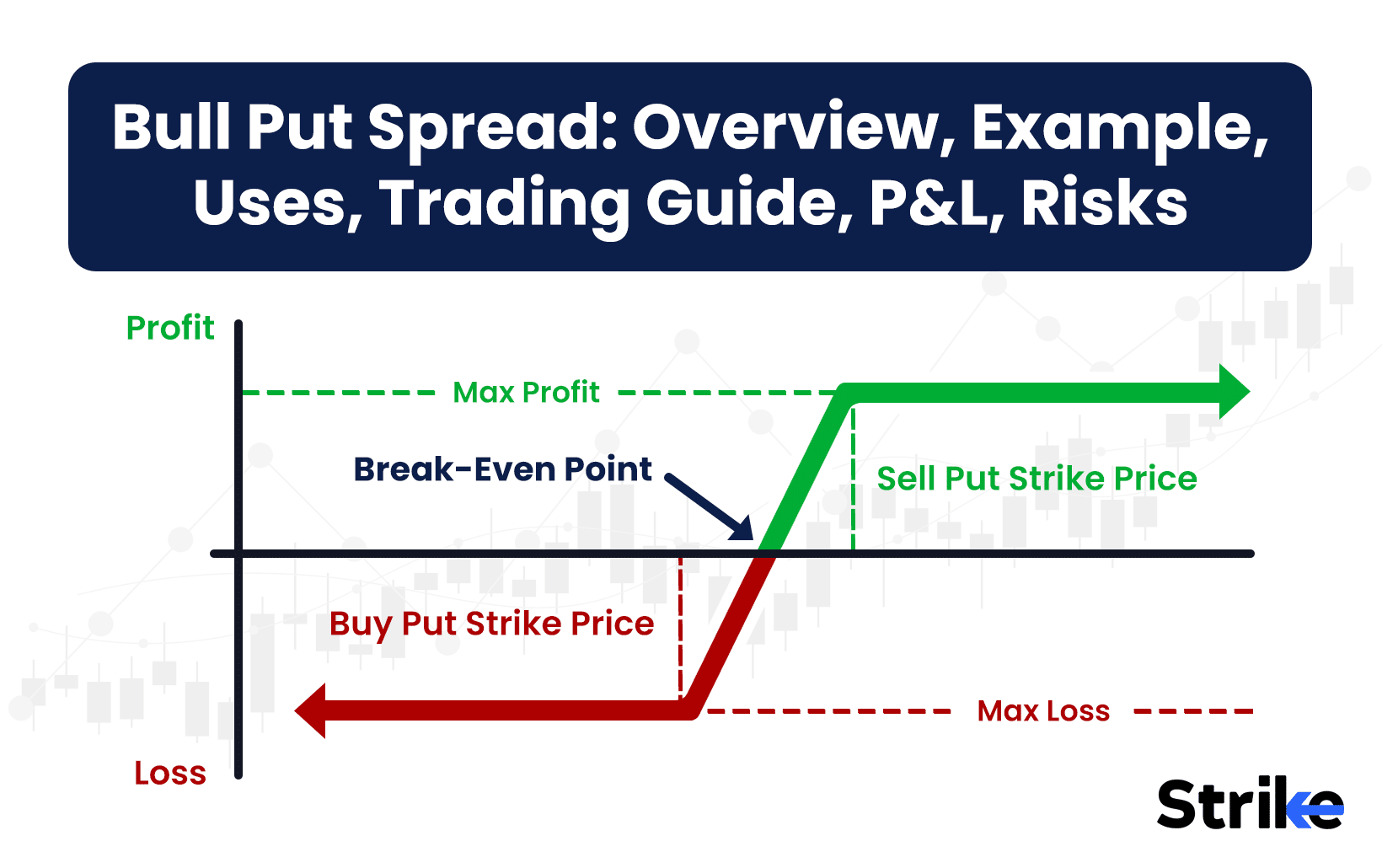





No Comments Yet